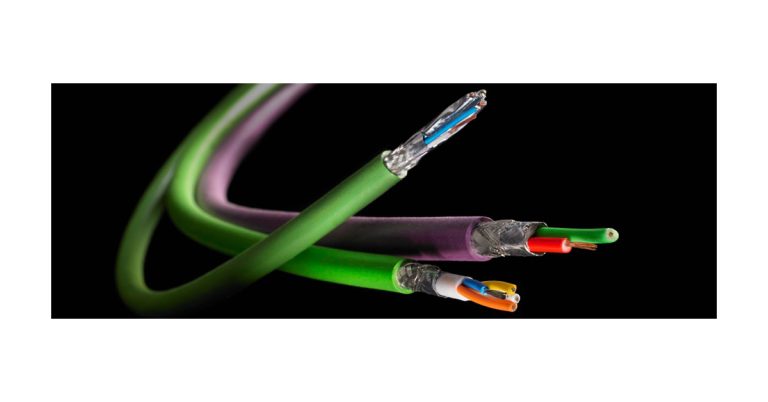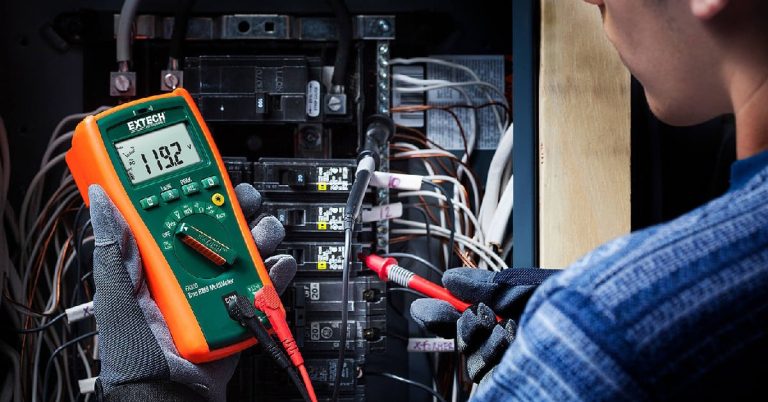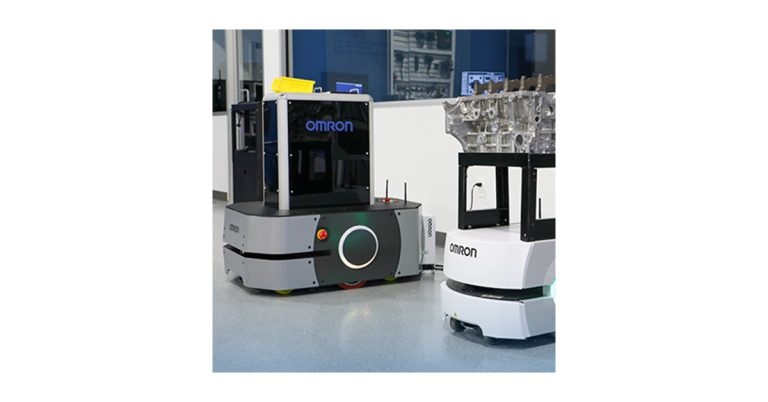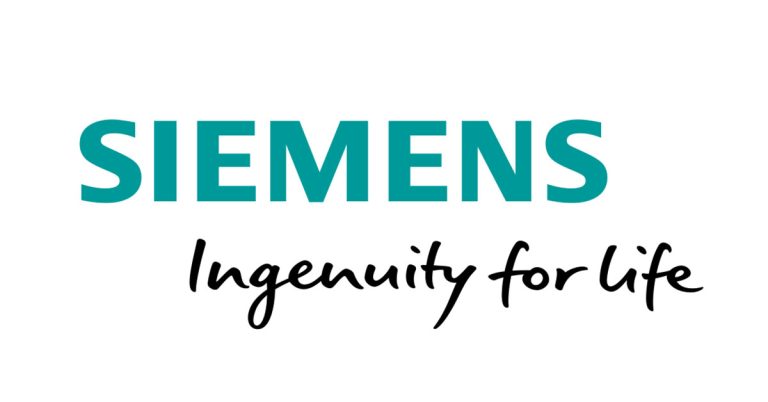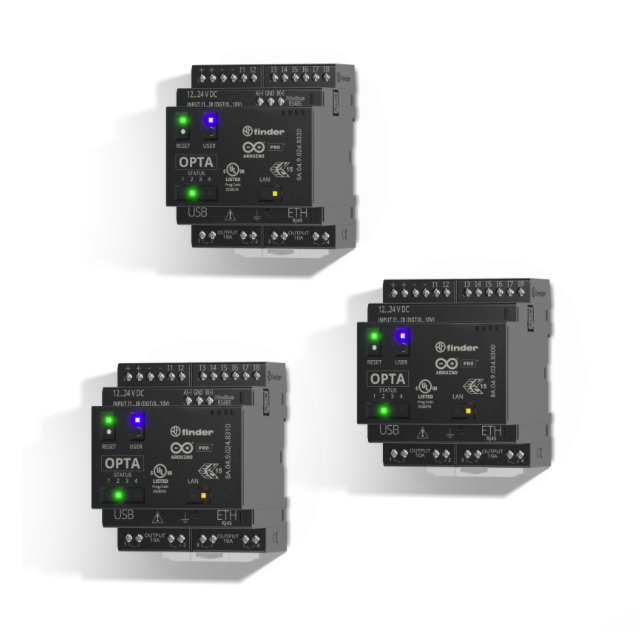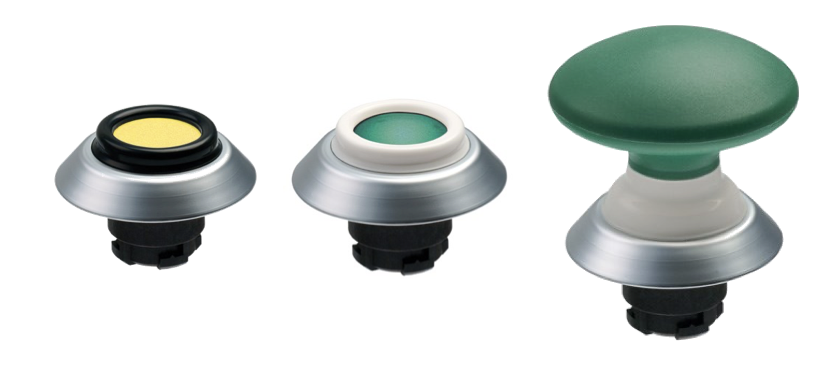How is Industrial AI Supercharging American Manufacturing?
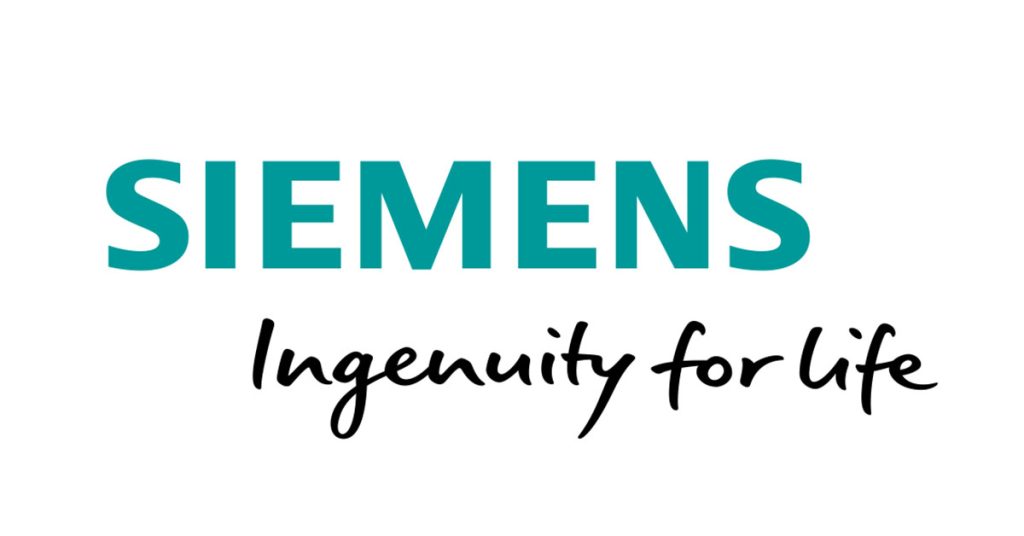
April 26, 2024
By Barbara Humpton, CEO Siemens USA
It’s been a little over a year since ChatGPT arrived on the scene and put the future of artificial intelligence in the spotlight.
Top of mind were risks. We heard questions like: Are technologies becoming too powerful? Is AI advancing too rapidly—faster than we’re prepared for?
These questions are now prompting important conversations between government and industry. Collaboration will be needed not only to guard against risks but to seize the many positive opportunities ahead. We see AI as a powerful tool to solve problems and shape a better future – and particularly when applied in American manufacturing. Industrial AI, as we call it, is now making our customers more productive and sustainable as they design products faster, adapt to supply chain challenges, and manage facilities more efficiently.
Risk and opportunity: Striking the right balance
I recently talked about AI with the White House’s Anne Neuberger at a technology gathering in Washington, D.C. She’s the deputy national security advisor for cyber and emerging technology.
Anne described AI as having both “promise and peril,” and wants to ensure we move quickly to bring society benefits from AI’s promise while being equally focused on managing risks.
At Siemens, we applaud this perspective. We’re encouraged by efforts led by the Administration and Congress to guide AI development in a way that strikes the right balance of ensuring safety and security while still furthering innovation.
In fact, that effort mirrors the way Siemens approaches AI. We have been incorporating AI into products for decades. We have more than 1,500 AI experts globally. And our software and AI applications all get put through a full risk review before they’re deployed.
We believe that all technologies should be applied with purpose and applied securely. When we deploy AI within this framework, we see incredible promise and value that we can create for customers and society.
Adapting generative AI capabilities
The big change, though, that came with the rise of ChatGPT—and with it, what is called generative AI—was how humans interact with AI.
Creating AI models used to require deep coding and programming knowledge. Generative AI applications are more accessible. We can ask generative AI a question or provide a simple prompt. AI models then take those inputs and evolve, rapidly becoming more capable.
The adaptation of generative AI to factories now enables us to apply Industrial AI at a much larger scale. And a key aspect of this is data.
There’s an incredible amount of data produced by a factory. In one month, a factory produces data equivalent to 500,000 movies. Industrial AI is helping workers make sense of this massive amount of data.
In the automotive sector, Siemens had a customer with an abundance of sensor data that just couldn’t be analyzed manually. It would take too long. With AI, this customer executed a predictive-maintenance model that could check more than 10,000 machines for problems. The team now receives advance warnings of machine failures up to six months in advance. This has led to less downtime and more efficiency—and it’s just one example of the value that Industrial AI can bring to industry and infrastructure.
For most capital expenditures in business, a return-on-investment of years is generally acceptable. With Industrial AI, we’re now seeing a return-on-investment in weeks and months.
Democratizing technology: AI augments human capabilities
Lastly, let’s address the biggest concern: Is AI coming to take our jobs?
Well, I prefer to refer to AI as “augmented intelligence.” In other words, across American industry, AI isn’t taking jobs—it’s expanding what humans can do.
We’ve all heard about repetitive factory floor jobs. But what about repetitive programming? Or repetitive data monitoring? With AI, instead of doing one thing over and over, every worker can harness the power of AI to do more and do more safely.
This is a much-needed solution to the worker shortage we face today. In recent years, manufacturing job openings in the U.S. have exceeded 600,000 positions. Even with perfect recruiting efforts, I’m not sure we can fully close this gap.
But that’s another thing that AI does: it helps us close gaps. It does this by opening doors into industry for people who haven’t yet developed specialized skills. In other words, generative AI and its more intuitive user interfaces can help us to democratize technologies and engage more people with them.
This is what we’re doing with the Siemens Industrial Copilot, which we recently introduced with Microsoft. This is a generative AI-powered assistant that improves human-machine interaction in manufacturing. In practice, users can rapidly generate, optimize, and debug complex automation code and shorten simulation times. Again, a task that once took weeks now takes minutes.
This changes everything. This gives people the ability to program more easily through natural language interfaces.
So, when people now ask, “How do we develop a skilled workforce?”, I’m trying to reframe the question a bit.
How can we bring people technologies that empower them to immediately make an impact?
My prediction is that Industrial AI will advance digitalization projects that have been held back by too much complexity. These efforts will start speeding forward.
So, no; AI will not be relegating people to the sidelines in American manufacturing. It will, though, expand what’s humanly possible. It will enable our workforce to be more productive and innovate like never before.



